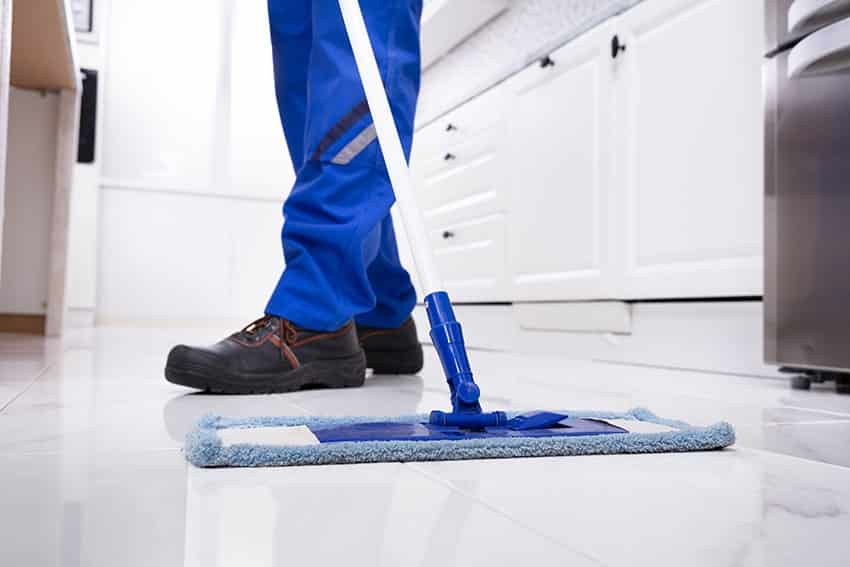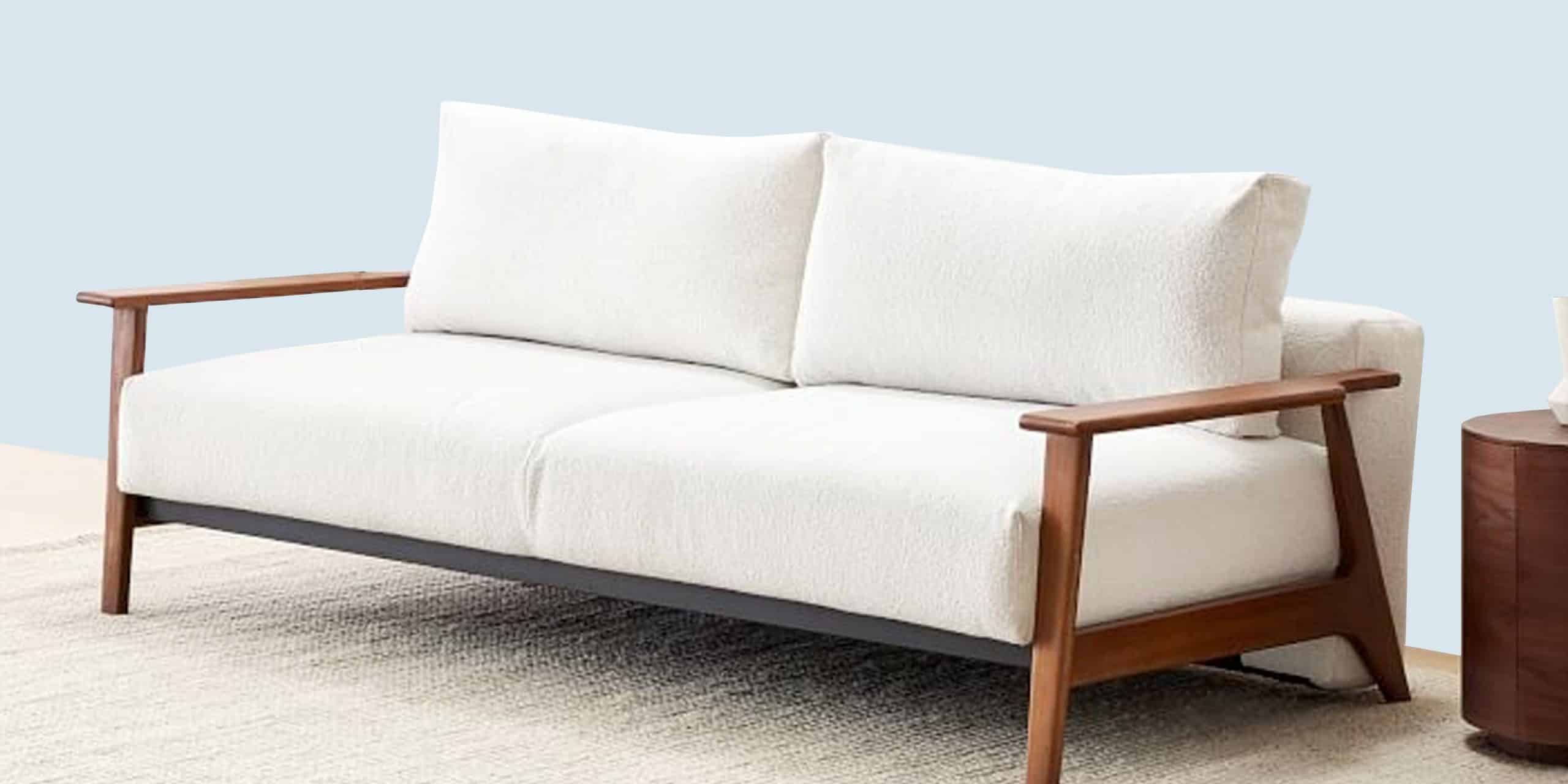The combination of marble floors has become the emblem of luxury and perfection. Their smooth looks, distinctive lines, patterns, and extensive color choice can flatter all design aesthetics from modern mid-century to classic Art Deco. Despite the fact that marble floors are very durable, they need regular upkeep with the right equipment and cleaning solutions to keep that shiny, chic look.
It is therefore important that you be very careful when selecting the right cleaning product for your marble floors because marble is a calcareous and alkali item that readily reacts with any form of acidic substance. Household cleaners such as ammonia or chlorine bleach when combined with marble may burn the surface and damage the surface permanently.
Those who have marble floors in their houses are well aware that the floor can only look as exquisite as it should when clean and polished. Your marble floors are designed to be durable and should last you a lifetime; however, they tend to get damaged if not cleaned with the right cleaning solution or chemicals. If you want to effectively clean marble floors, read on!
What You Will Need to Clean Marble Floors
a). Equipment / Tools
- Dust mop
- A damp mop
- Sink or mop bucket
- Soft microfiber cloth
- Tennis ball
b). Materials
- Water
- Mild soap with a neutral pH or a stone soap made for cleaning marble floors
- Hydrogen peroxide
- Cornstarch
How to Clean Marble Floors
‘Marble is perhaps one of the most visually interesting stones used to create beautiful floors for centuries; and is even more desirable today for its beauty. As for any natural stone, marble should be cleaned with additional care and on a regular basis to maintain clean surfaces free of stains and other deterioration. There are two ways of cleaning your marble flooring, and they include:There are two ways of cleaning your marble flooring, and they include:
a). Routine Cleaning for Marble Floors
1. Clean Up Spills Immediately they Happen
When spills occur, they should be wiped immediately as the longer you stay, the harder it becomes to remove them. Even though the marble floor has a protective sealant, acidic liquids like lemon juices, soft drinks and vinegar-based condiments can cause etching.
In addition, muddy footprints should be removed immediately they happen to avoid the embedded grit from scratching your marble tiles. Clean using a damp microfiber cloth to remove any solid particles, and don’t blot up the liquid to avoid making the stain larger.
Follow with a quick rinse using a clean damp cloth and finish your cleaning by drying up the affected area using a microfiber cloth to avoid slippery and spotting areas.
2. Trap Dust and Dirt
The best tools for trapping loose dirt on a marble floor are a mop with disposable sweeper cloths or a dry dust mop. Avoid using any dusting spray on your dust mop.
The rule of thumb to how often you should dry dust mop your marble floor is at least once every week per person living in the home. For a family of three members, it means you should dry dust three times every week to maintain a scratch-free marble floor.
In addition, avoid using a stiff-bristled broom or a vacuum with a beater bar on the floors as the brush action, even though helpful for carpets, can scratch the marble surface.
b). Deep Cleaning the Marble Floors
The marble floor should be deep cleaned at least monthly and more if needed in the high-traffic areas.
1. First Dry Mop
You should always use a dry mop using a dust mop to trap the loose dust, dirt, and debris when starting your deep cleaning. If you skip this step, you will most likely be pushing around any excess dirt with your damp mop.
2. Mix a Cleaning Solution
In a sink or bucket, mix a solution of warm water and a mild neutral pH soap and follow the product instructions for the correct ratio of the warm water to the cleaning solution.
It’s important to note that special soaps are made for use on marble floors, or you can also use a very dilute solution of a few drops of dishwashing soap per gallon of water.
Fill a second sink or bucket with clean water to rinse your floor.
3. Mop and Rinse
Dip a microfiber, cotton or soft mop in your cleaning solution and wring it well as the marble floors don’t need to be super wet. Clean in small areas and rinse the mop often to remove any dirt.
As you complete an area, dip your mop in plain water and rinse carefully the freshly mopped floor to remove any soapy water residues that may be left behind. Don’t skip this step to prevent the marble from looking dull or yellowing.
4. Treat the Tough Stains
If your cleaning solutions don’t remove all the stains, there are methods to remove specific stains on marble, including:
a). Scuffs- Scuff marks come from dragging furniture along the floor, but shoes like sneakers could also cause them. The Marble Institute of America recommends using an old trick to get rid of scuffs. Gently rub the scuff using a dry tennis ball, and the soft material removes the scuff. Avoid rubbing in circular motions as this may damage your marble floors.
b). Ink Stains– Saturate a paper towel or a soft cloth with rubbing alcohol, place it over the ink stains, leave it for several minutes, and then blot the ink away. Repeat the steps until the ink is removed, rinse the area carefully using plain water, and buff the marble dry.
c). Oily Stains– Blot as much oil as possible and use a highly diluted mixture of warm water and a few drops of a dishwashing area to clean the stained area. If the stains are persistent, sprinkle the affected area with a thick cornstarch layer and leave it for a minimum of four hours to draw the oil out of the marble. Repeat this until the oil stain is gone.
d). Water Spots, Filmy Residue or Etch Marks- Dampen the floor lightly using plain water and use several microfiber cloths to dry and buff the floor. Use a large circular motion to do it, and you will have your floors gleaming within no time.
If you still have marble etch marks, wet the surface, apply a marble polishing powder, buff it on the floor with a damp cloth, and then dry.
e). Organic Stains- Saturate your paper towel or soft cloth with about 12% hydrogen peroxide and place it on the stain for about ten minutes. Check if the stain is out and if it is, rinse the stained area with plain water and buff dry. If the stain is still there, repeat the same steps and leave the hydrogen peroxide on the marble floor for up to 30 minutes.
f). Biological Stains- If you have potted plants on the marble floor or an indoor water feature, you might notice mosses, algae, lichens, and other greenery growing in unwanted places. Plants can also cause stains on marble floors, so you should carefully remove them.
Clean the affected area using a dilute hydrogen peroxide solution or acetone to break down the biological matter and prevent more from growing. Hydrogen peroxide can be a suitable marble cleaner for cleaning light-colored marble, but cautious as it can act as a bleaching agent and discolor your marble floor. In addition, take some steps to protect your marble flooring by lowering the humidity and moving plants in the area where the matter was growing.
g). Metallic Stains– Since marble is made with different elements, some marbles may contain meals that cause stains to pop on the surface of your floor. Copper, bronze and iron can all be found in marble and therefore could stain when they get wet. To identify them, look for green or reddish-brown patches. These stains can be difficult to remove as they come from the marble. Try using a poultice of ammonia and baking soda, but you shouldn’t have high expectations.
5. Dry and Buff your Floor
As the last cleaning step, use a microfiber cloth for drying marble floors, and you should work in a large circle and leave your marble floors with a highly polished look.
To prevent stains, it’s important to remove excess water as some marble contains iron oxide particles that could cause rust stains that are impossible to remove when subjected to water for extended periods.
Should You Polish the Marble Floor?
Marble is a natural stone with a touch of elegance to every interior, but it can deteriorate with time if not handled well. Using harsh chemicals on the porous stone can harm the marble, causing dullness, and therefore proper maintenance is required.
Before polishing, ensure you remove stains from the floor and use a clean and dry microfiber to remove the remaining dust and dirt but avoid hard scrubbing. Rinse the floor with a damp and soft cloth and dry the floor surface completely.
It is not advisable to use polish on your marble floors as not only can it damage your floors, but marble is too smooth that a polished floor can be dangerously slippery. Instead, to Make a 50/5o baking soda and water paste and spread it gently over your marble floor to get a high shine on your floor. Allow the paste to dry and remove the residue using clean water and a soft cloth.
Tips for Maintaining Marble Floor and Preventing Damage
1. Never Allow Clean Marble to Air Dry
Allowing your marble floors to air dry can be a huge problem as when the marble air dries, both water and the dish soap or detergent you have used are getting absorbed. This might cause standing water which will stain or discolor your floor, and hence you should always use a clean cloth or a soft towel to dry the floor after you mop. In addition, try as much to use little water when washing and ensure you wring your mop thoroughly.
2. Use Mild Detergents
If you opt to use a detergent on your floors, ensure you avoid any acidic cleaner and choose pH-neutral cleaners. pH-neutral cleaning products are gentle on the floor surface, making them safe to use on your marble, but the pH-neutral products may be less efficient at removing tough stains than harsh cleaners such as alkaline and acidic cleaners.
Some common harsh cleaners that may damage the floor surface include:
- Vinegar since it has a pH level of two or three
- Ammonia
- Citrus cleaners such as orange or lemon juice
- Ceramic floor cleaners
3. Use a Marble Sealer
To preserve your marble floors, you should seal them, and this can be easily done with any creative DIYer or get a professional to do it for you. With most sealers, one should apply them generously and allow the product to penetrate the natural stone and wipe the excess off after the recommended time. Different sealers will require different resealing periods, and you should check your product to know the period.
4. Use Carpets and Rugs
Place carpets and rugs in the high traffic areas to prevent wear and tear on your floors and limit dirt and dust. You can also use doormats on entrances to remind everyone, including your visitors, to remove or wipe their shoes.
Incorporate colorful carpets and rugs in your space to show off your taste and style and mix and match patterns and colors for a pleasant atmosphere for your home. These rugs and carpets can also warm your feet during winter as marble can get cold.
5. Use Baking Soda with Caution
When cleaning marble and dealing with a tough stain, you may choose to use baking soda but apply caution as it is alkaline and therefore should be handled with care around marble flooring. While removing stains, ensure you don’t leave the baking soda on your floor for too long and always use soft cloths to rub the surface gently. It is advisable to repeat the process than to leave baking soda on the floor as it can cause dull spots and dull the glossy finish of this flooring.
Frequently Asked Questions on How to Clean Marble Floors
1. How can I clean dull spots using a soft cloth?
Dull spots are caused by using the wrong cleaner or if spills are left unattended. In addition, acidic stains such as soda, coffee, green tea, red wine and olive oils can cause your flooring to get dull. Luckily, you can restore the glossy surface using a marble polishing powder specially made for marble and a soft cloth.
2. Can I use natural products to clean marble floors?
Yes, marble floors are better cleaned naturally, and as much we are always advised to use home remedies like vinegar and baking soda, they are not ideal for use on marble.
The best way to clean your flooring is using warm water and a pH-neutral detergent or a few drops of natural dish soap. However, if you choose to remove a tough stain with baking soda, practice caution and don’t allow it to sit for long periods on the floor.
Image Credit: graniteprotect.com















